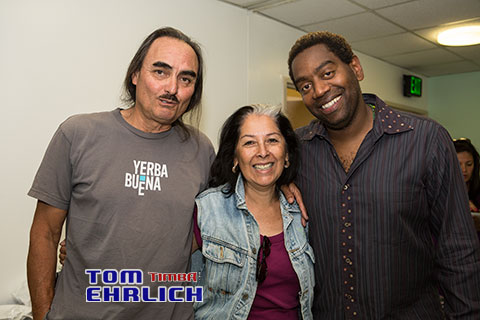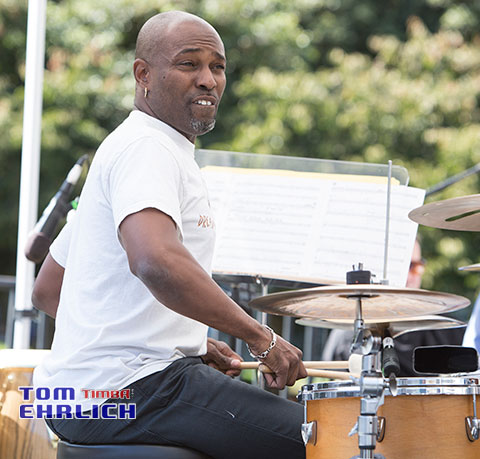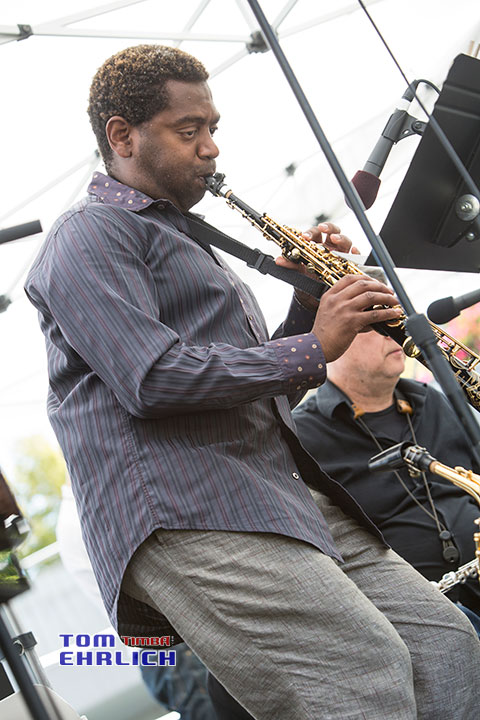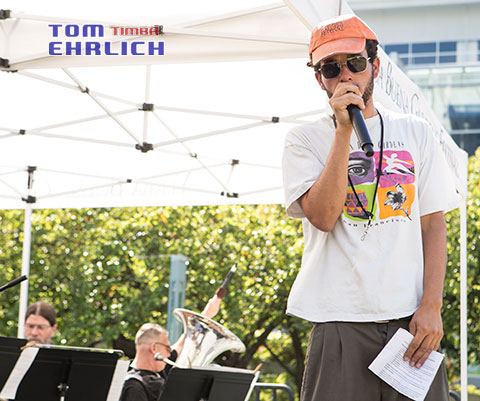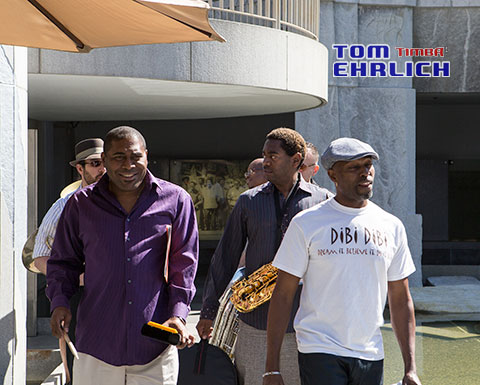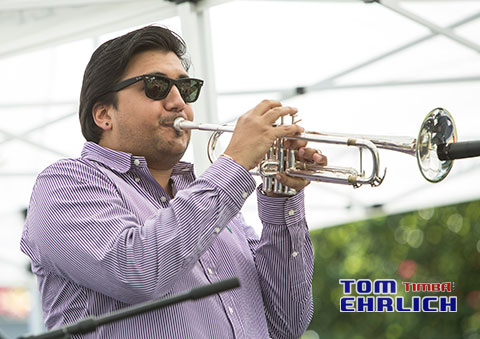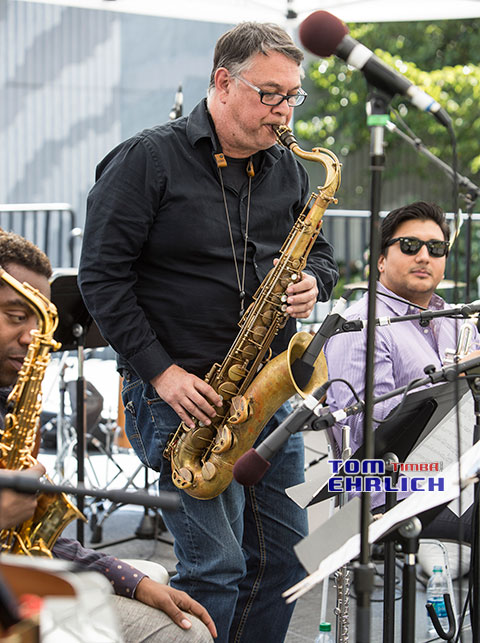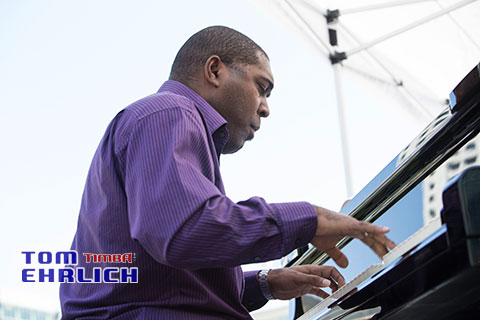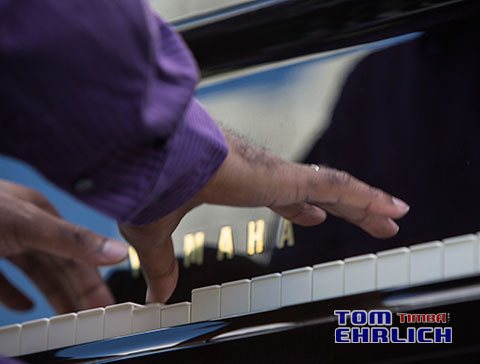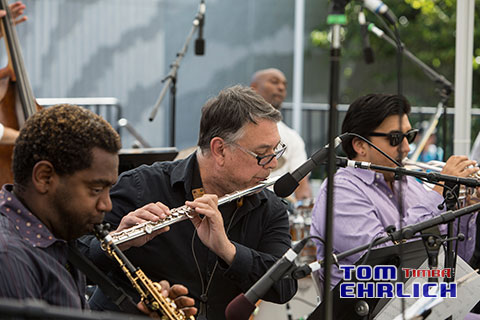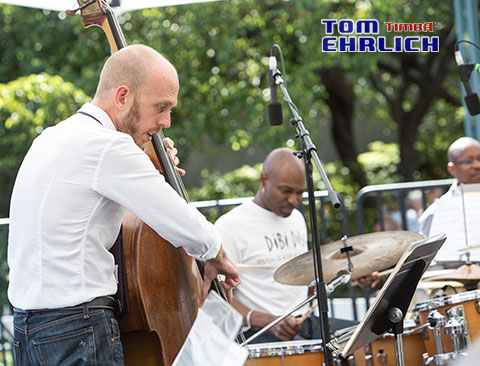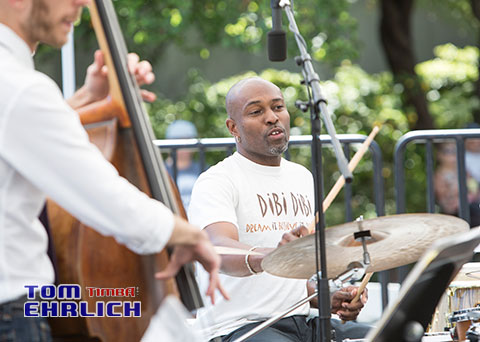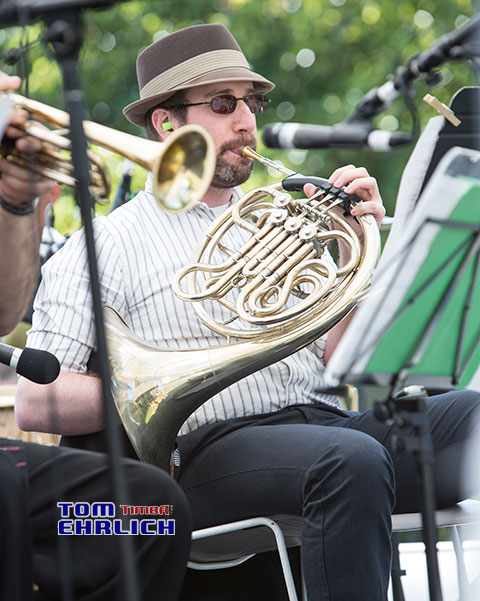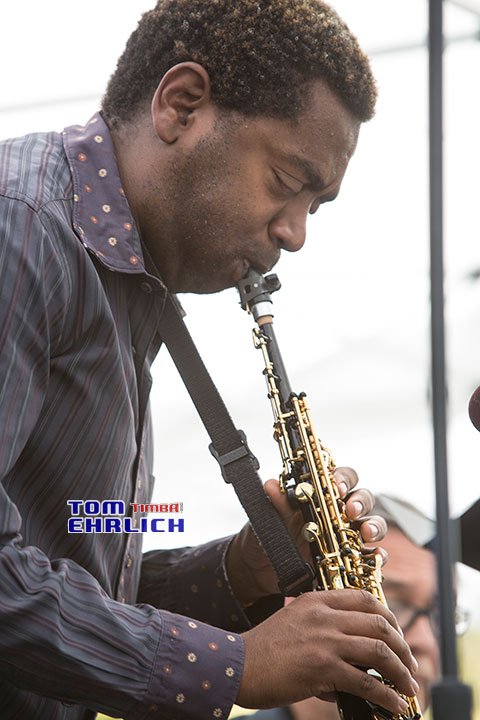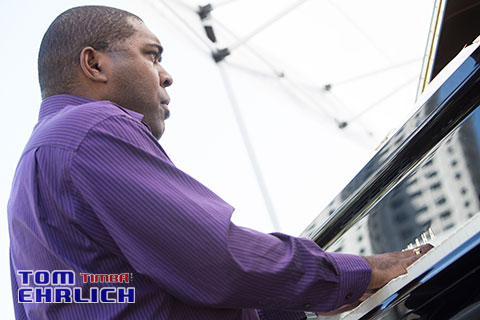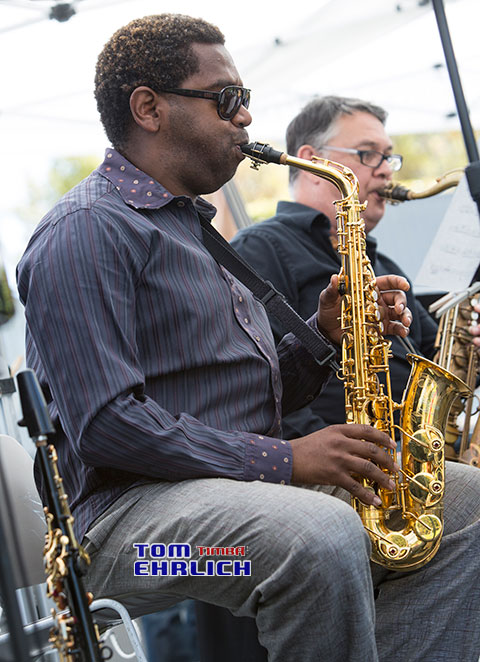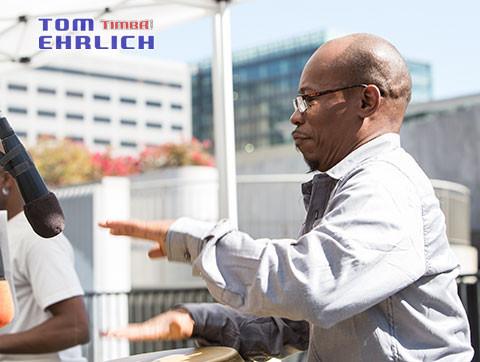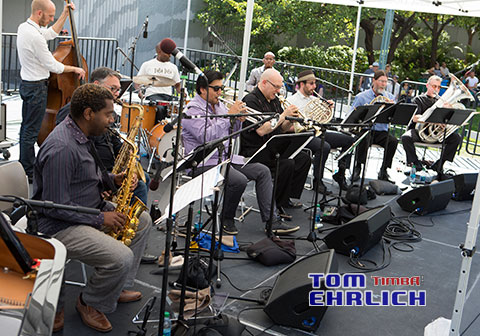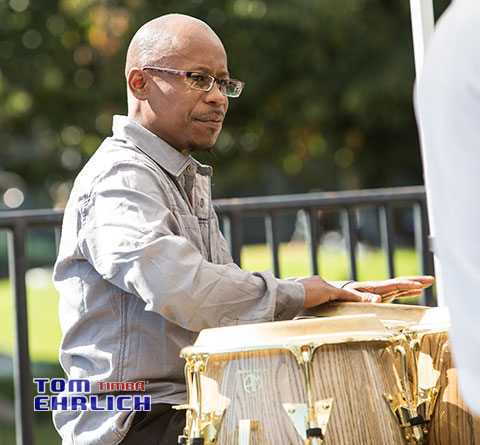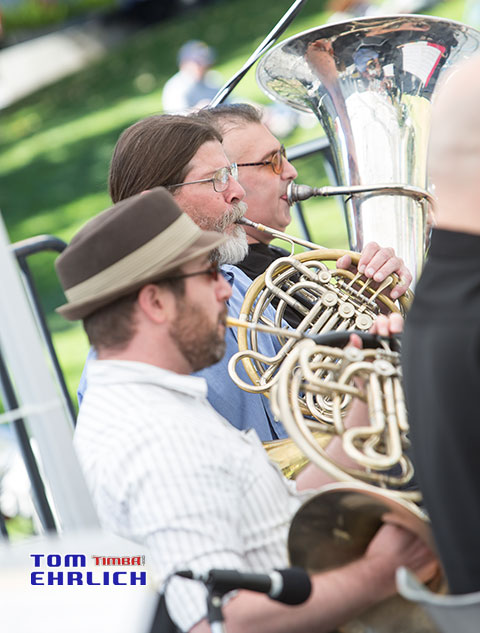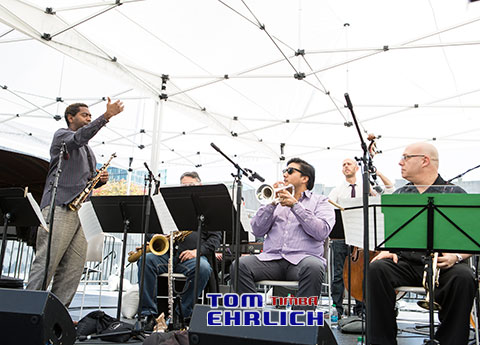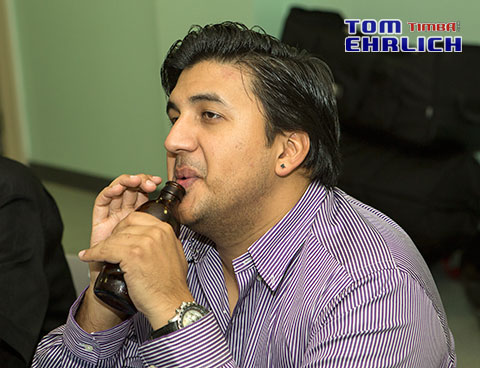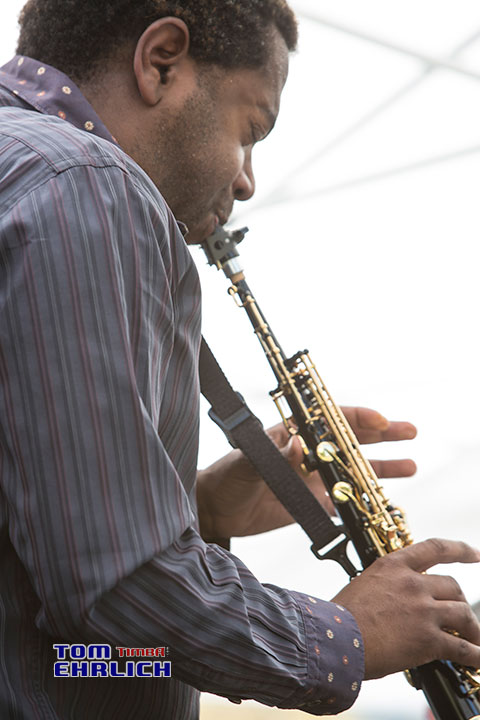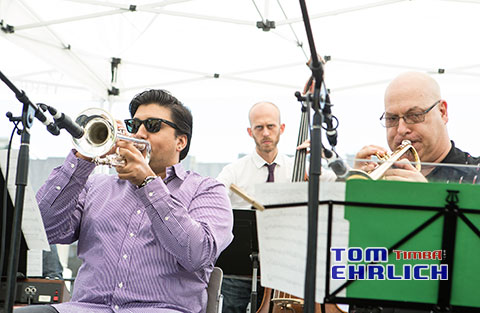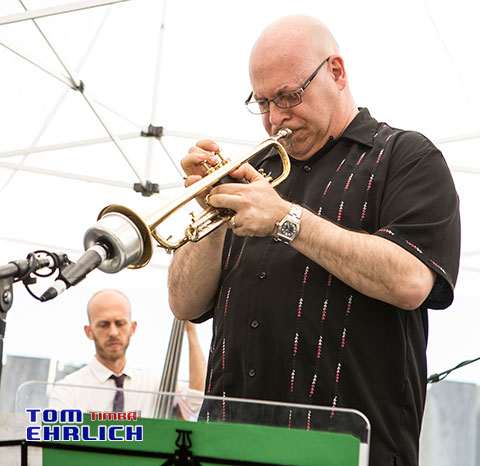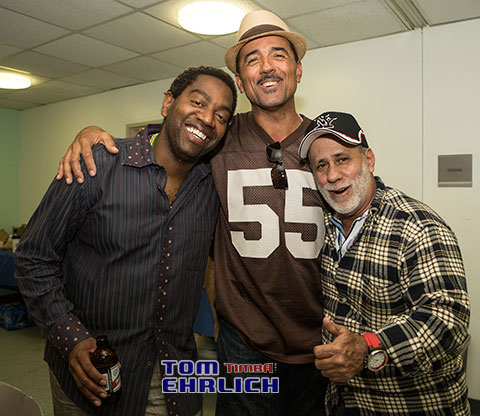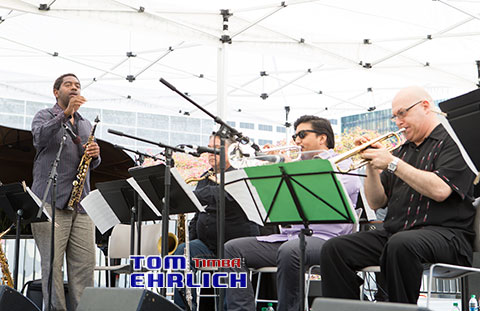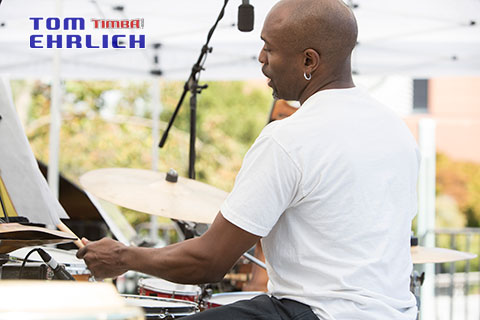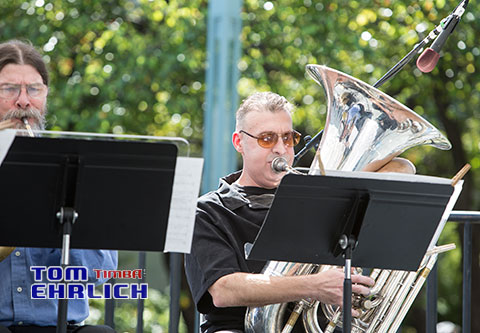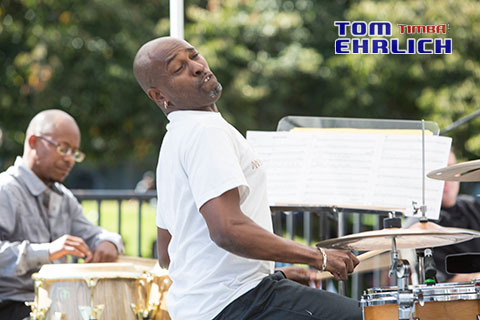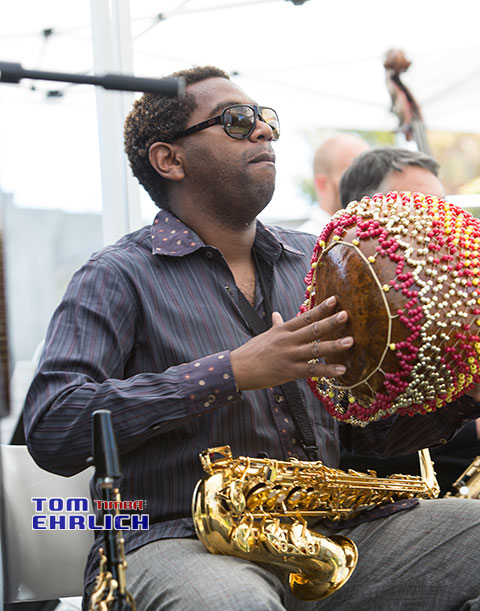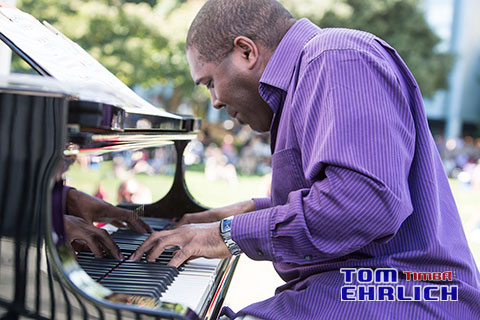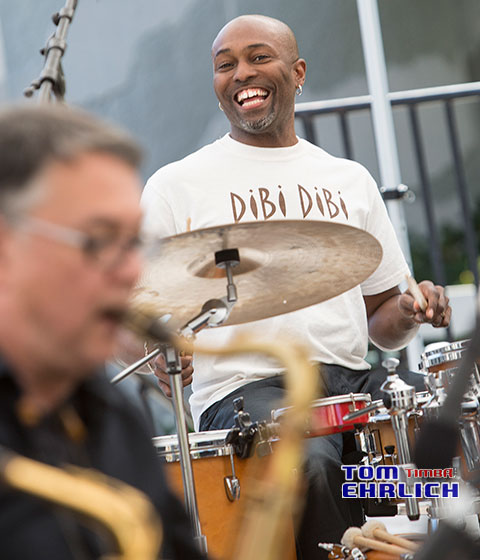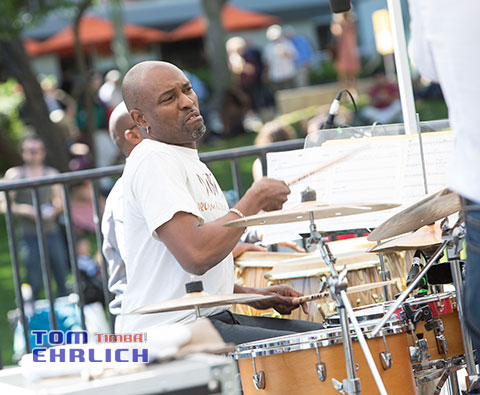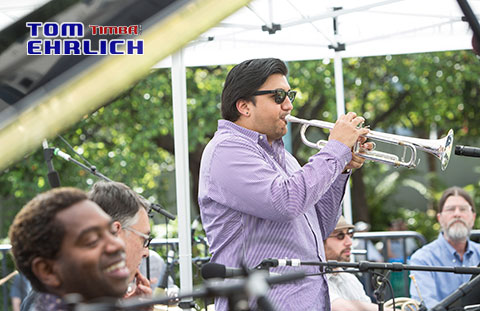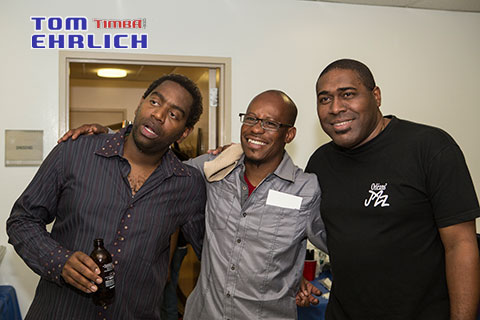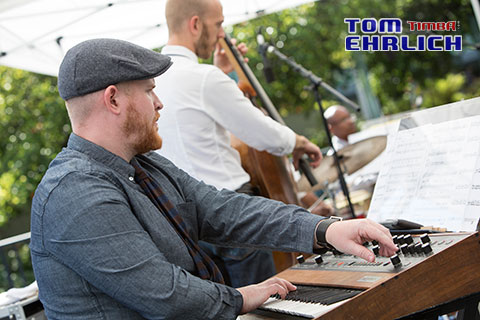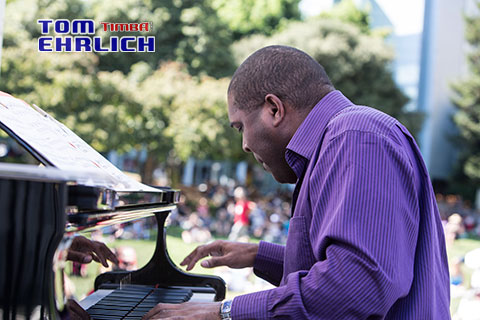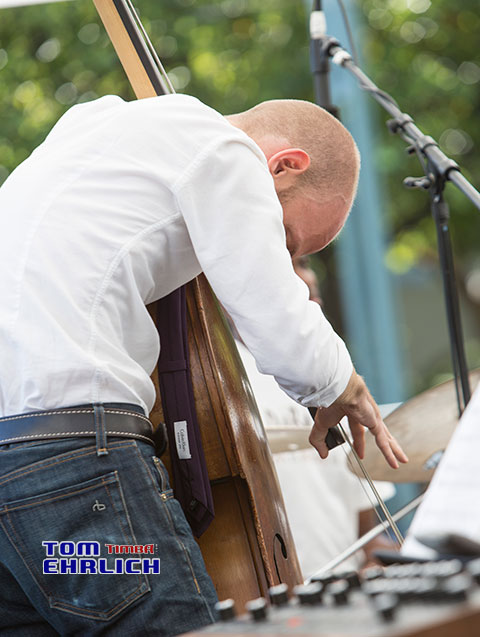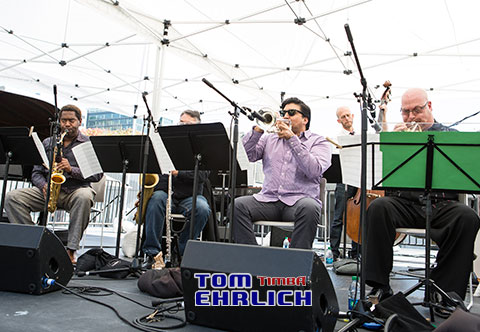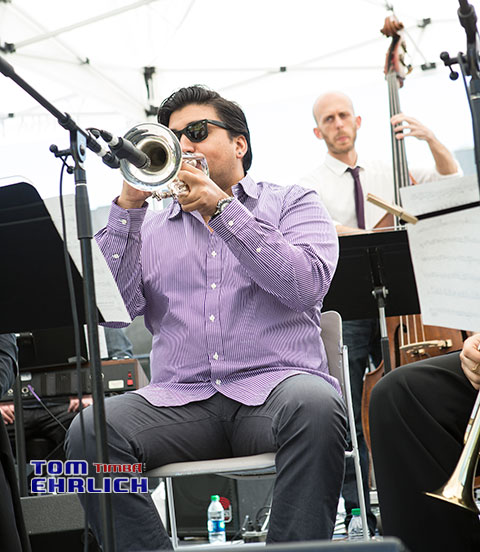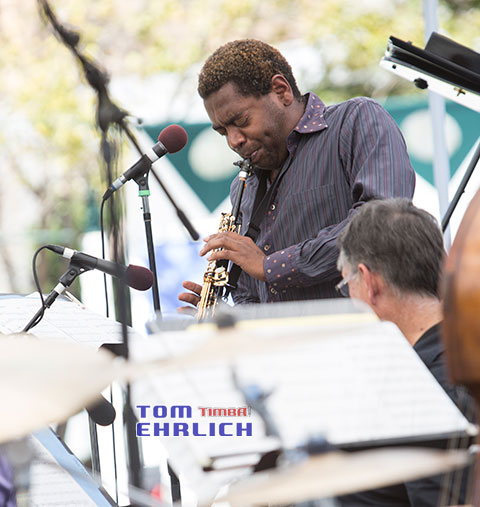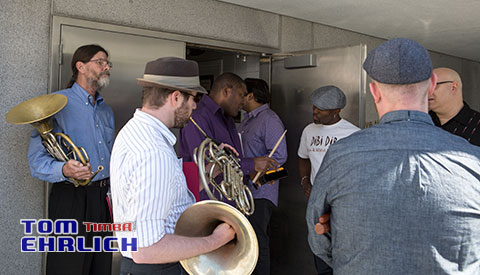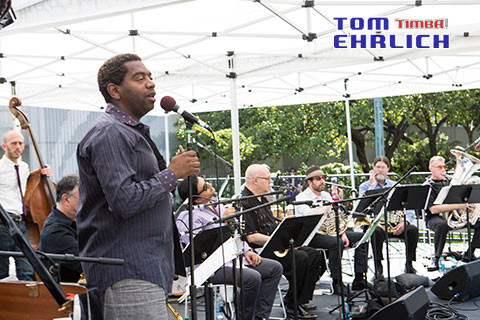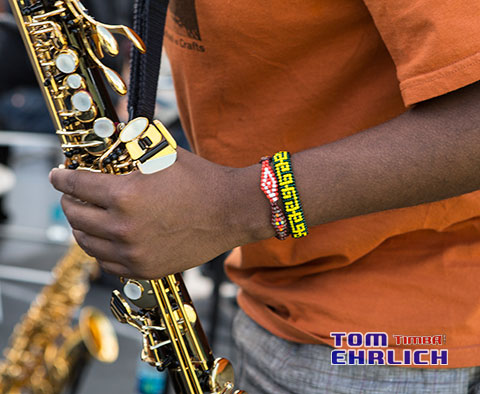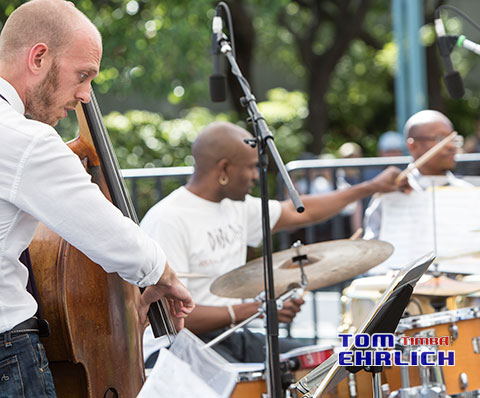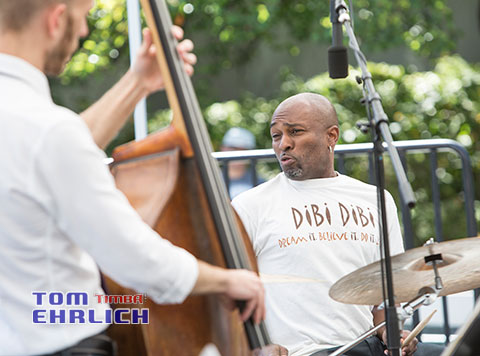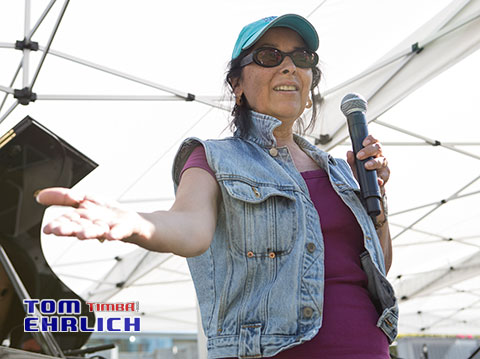Indice - Table of contents
Lo Nuevo[hide]
Grupos: Ritmo Oriental : 1988 - Vol. IX - 30 a...
Musicos: Rafael Paseiro Monzón
Musicos: Dennis Nicles Cobas
Musicos: Jiovanni Cofiño Sánchez
Musicos: Yasser Morejón Pino
Fotos: Tom Ehrlich : 2024 Monterey Jazz, P...
Resenas: Vacilón Santiaguero (Circle 9 ...
Staff: Bill Tilford
Fotos: Tom Ehrlich : 2024 Monterey Jazz, P...
Fotos: Tom Ehrlich : 2024 Monterey Jazz Fe...
Fotos: Tom Ehrlich : testing 123
Grupos: Pupy y los que S... : Discography - 1995- F...
Reportes: From The St... : Cubadisco 2...
Reportes: From The St... : Jazz Plaza ...
Fotos Del Día [hide]
Tom Ehrlich - Yosvany Terry Parranderos
YOSVANY TERRY Y LOS PARRANDEROS
YERBA BUENA GARDENS FESTIVAL SAN FRANCISCO
OCTOBER 5, 2013
PHOTOS BY TOM EHRLICH © 2013
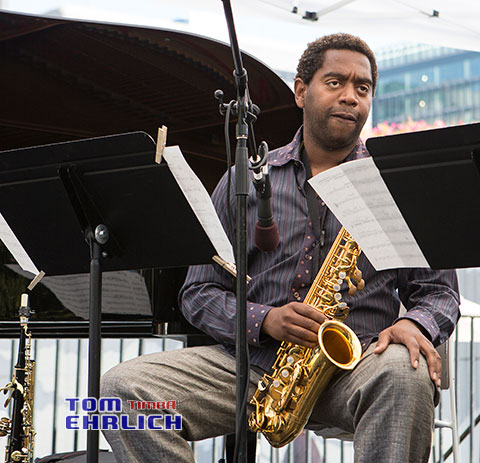 Yosvany Terry
Yosvany Terry
Yerba Buena Gardens Festival described this project:
Acclaimed Cuban-born composer and saxophonist Yosvany Terry, syncretizes jazz and symphonic music to create Noches de Parrandas, a contemporary orchestral representation of the voices, characters, sounds, and sights of Las Noches de Parrandas (The Nights of Festivities), one of Cuba’s oldest, grandest, and most enduring cultural celebrations. Los Parranderos is comprised of noted New York and Bay Area musicians, including Alex Murzyn (tenor saxophone), Glen Schwartz and David Goldklang (french horns), Mike Rodriguez and Bill Ortiz (trumpets), Jose Davila (tuba), Mike Aaberg (keyboards), Osmany Paredes (piano), Matt Brewer (bass), Clarence Penn (drums), Sandy Perez (percussion), and Yosvany Terry (alto saxophone, chekere). Commissioned by Yerba Buena Gardens Festival. Major support for this project provided by the MAP Fund. The MAP Fund is primarily supported by the Doris Duke Charitable Foundation. Additional funds come from the Andrew W. Mellon Foundation.
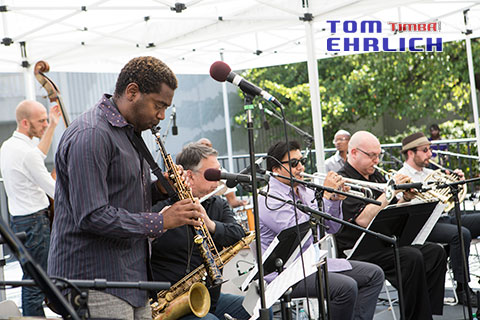 Yosvany Terry and horm section
Yosvany Terry and horm section
Yosvany Terry explains this very special project:
When I was a boy growing up in Cuba, my brothers and I did not always pay attention to my father as often as we should have. But then there were the times when we paid the closest attention to every word he said. In November, when the harvest season was at hand was the time of year when my father would begin to tell his Parrandas stories. My brothers Yoel, Yunior, and I would drop whatever we were doing and elbow and jockey for position near my father so as not to miss a single word.
Noches de Parrandas is a major cultural tradition celebrated from December 16–24 every year since 1820 in Remedios, Cuba, to celebrate the end of the harvest and the coming of Christmas. It is one example of the syncretization of the secular and the sacred in Cuba. For nine days and nights the event consumes Remedios, which divides itself into two factions that compete in everything – the arts, music, dance, theater. Everyone in this town of 40,000 is involved in some way or another with Las Parrandas.
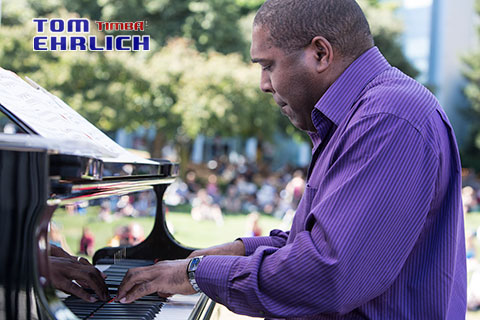 Osmany Paredes
Osmany Paredes
Pyrotechnics light up the night sky. Dancehalls and plazas are filled to capacity into the morning hours. On Christmas eve, towering “trabajos de plaza” move through the plaza – fantastic floats of artwork decorated with flashing lights depicting exquisite birds, flowers and geometric patterns.
In December 2009, I traveled with my father, Eladio “Don Pancho” Terry, to Remedios to see this magical event for the first time. My father was founder and leader of one of the most popular charanga bands in Cuba – Orquesta Maravillas de Florida – that for almost 30 years played the ballrooms of Remedios during Las Parrandas. As we strolled the town, people greeted him whereever we went. And while I always knew of my father’s connection to Parrandas, I never fully grasped just how embedded my father has been in the Parrandas tradition.
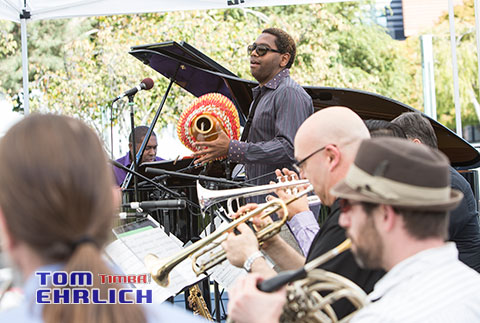 Yosvany Terry chekere
Yosvany Terry chekere
Parrandas is a remarkable, locale-specific cultural tradition that has survived the passage of time and the vast gulf of racial and social differences. “Las Noches de Parrandas” represents the marriage of two very different cultures that united to create a unique, important and enduring tradition. In the Parrandas, Spaniards and Africans gathered together to contribute their cultural and artistic energies and create an extraordinary synthesis transcending differences of race, social status, economics, religion and language.
In discovering Las Parrandas, I have come closer to understanding the natural way in which culture formed in the New World. As the different cultures were forced to coexist, they began to syncretize and influence each other. Parrandas represents the dissolution of “the other” and the assimilation of a new, more inclusive concept of “self” as we human beings learn to live together and create a functional identity based on current realities. For me, this is the heart of the project.
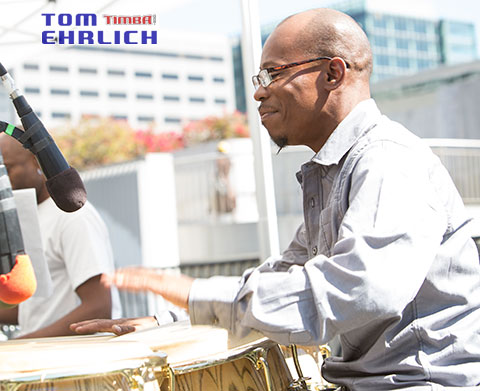 Sandy Pérez
Sandy Pérez
During our 2009 trip to Remedios, we feared Parrandas might be at risk. Three hurricanes had recently devastated the region. The disasters, coupled with economic turmoil and rapid social changes taking place in Cuba, seemed to augur the end of an era. Yet despite all, Noches de Parrandas thrives. Much as Mardi Gras survived Katrina, Las Parrandas is more than a party – it is a life affirmation.
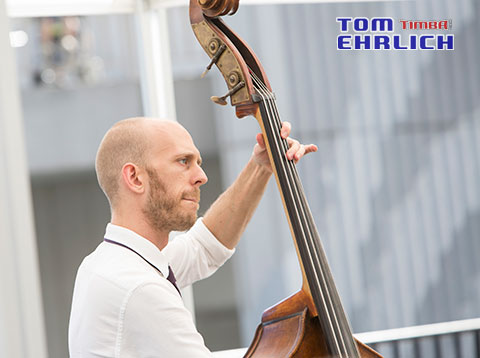 Matt Brewer
Matt Brewer
In this composition, I hope to pay worthy tribute to Las Noches de Parrandas as a deeply personal legacy, as a treasured family experience, and as one of the oldest, most important cultural and community celebrations in the country of my birth.
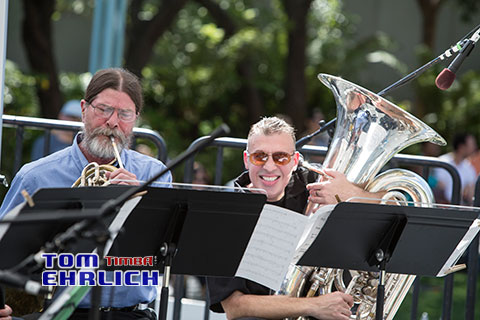 French horn and José Davila tuba
French horn and José Davila tuba
